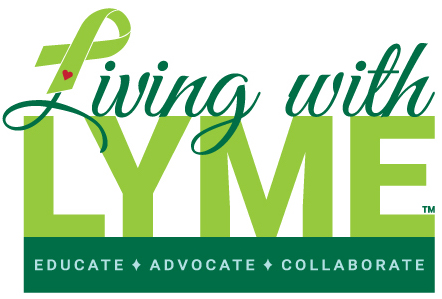Bone Broth and Possible Lead Contamination

Meet my sister-in-law, AKA, Tessie. She not only is a fine chef, but a stickler for research. If you tell her any type of information, she will locate the research or do it herself. Here-see what I mean:
Soup is a winter delight that is not only nourishing, but warms the cockles of your heart. Since
bones are the base for making soup, you want them to be from animals that didn’t ingest a lot of
contaminants, because you are what you eat (and digest!).
One poorly designed study done 5 years ago in Limeyland found lead in bone broth made from
chickens. But, as bad as the study was, it did raise the question about whether the bones I use
released lead into my soup. So, I decided to test the bones and the subsequent broth with a
qualitative lead test kit, widely available in hardware stores and big box places. 3M LeadTest
swabs. A set of 2 swabs costs under 10 bucks, and a set of 8 costs under $25. To test the
bones, you just squeeze the vial, shake it up, and apply the swab to the bones. It will turn red if
any lead is present. To test the broth, I took a sample and let it dry on a piece of wood before
testing it with a swab. I tested local beef bones from Top of the Hill Farm (Wolfeboro, NH), as
well as nationally available Rumba Beef Bones (Cargill Corporation, Kansas). Local Wotton
Farm (Ossipee, NH) chicken bones were tested, as well as nationally available Oasis chicken.
One turkey was tested, and it came from Market Basket (Hooksett, NH).
The good news is that none of the bones or broth tested positive for lead! Phew, my heart and
tastebuds are relieved! Money well spent.
Tessie from Wolfeboro, NH
